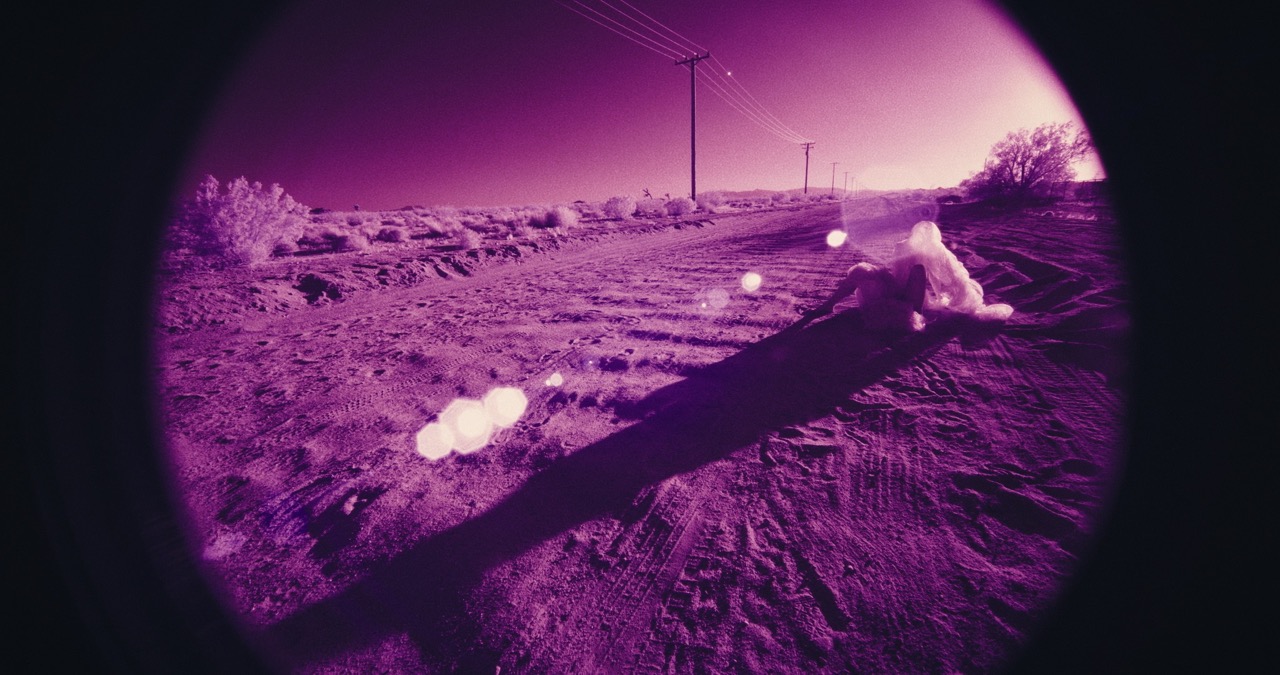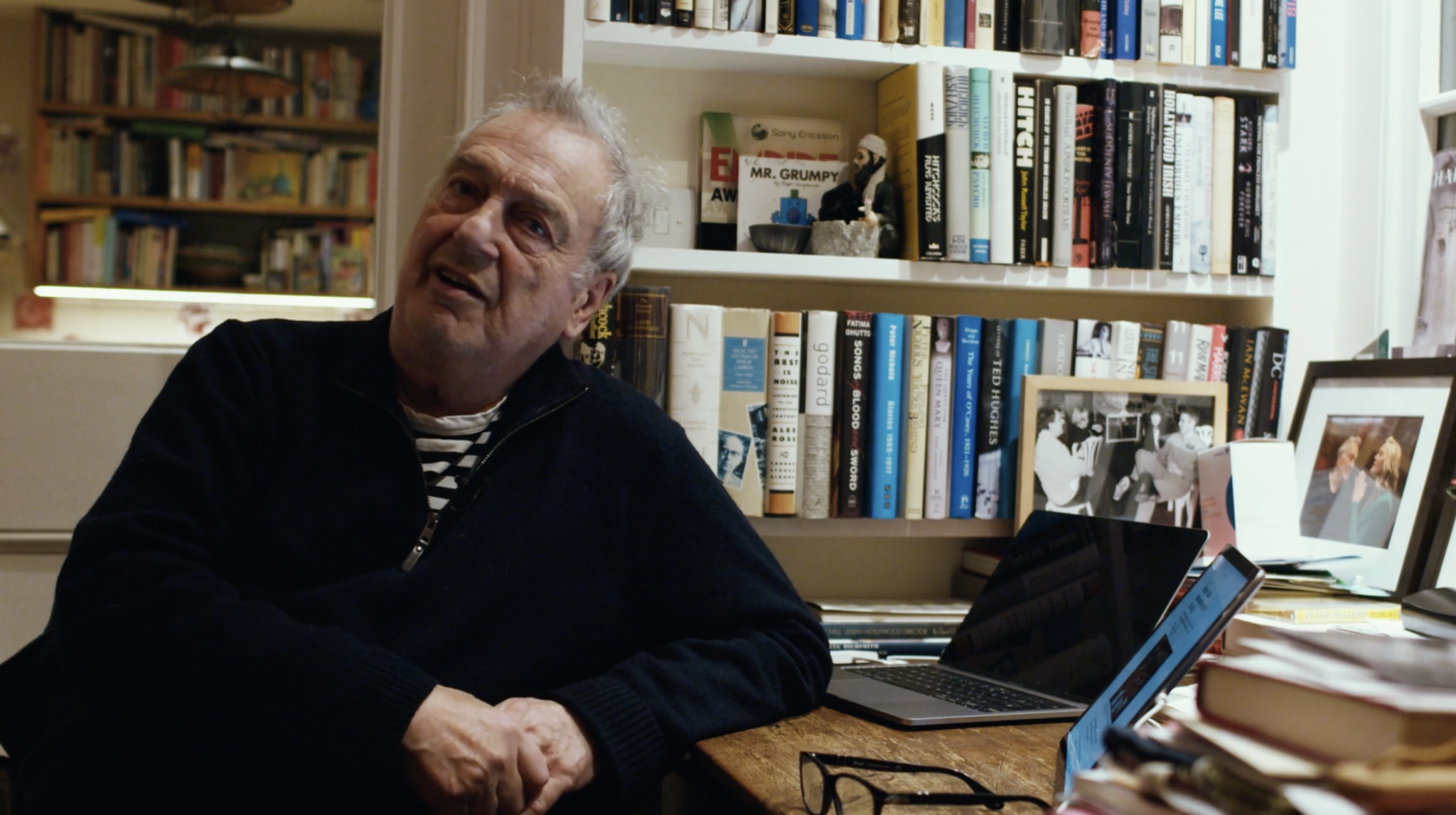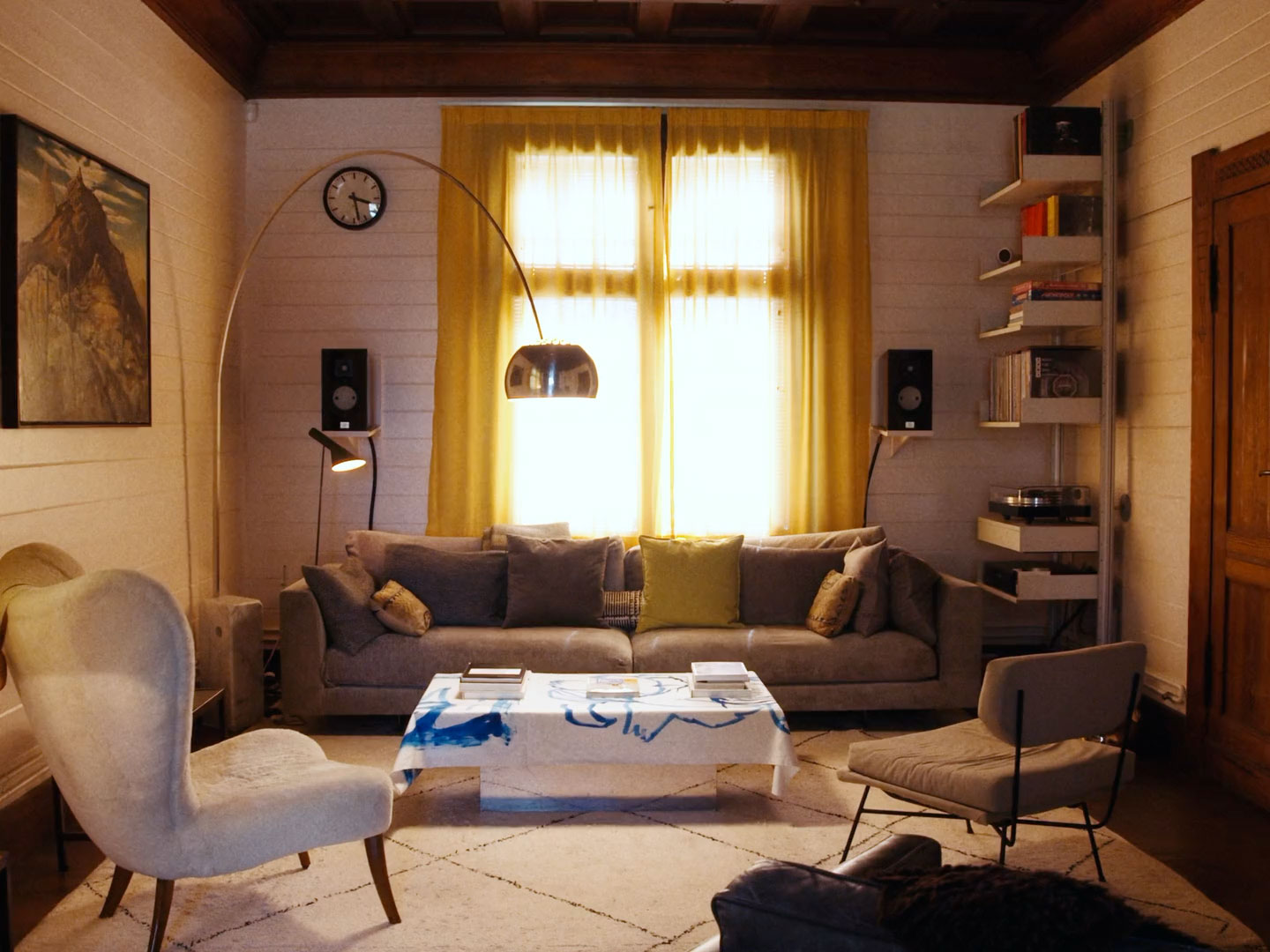
There is a painting formed of two gold-ground and punched panels of Baltic oak, hinged together, at the National Gallery in London. It is the remarkably well-preserved Wilton diptych from the late 14th century. One side depicts the commissioning patron, Richard II, with the saints John the Baptist, Edward the Confessor and Edmund the Martyr. The other depicts the Virgin and Child amid an audience of angels. Old Dick is a king, reluctantly of flesh and blood, and they are celestial, ascended of earth.
That boundary, so often reanimated in the western tradition, between the worldly and heavenly, the human and the divine, is almost always porous. In the Wilton diptych, the realms interact in a choreography of looks and poses. Richard, in an attitude of prayer, kneels facing the infant Christ, who aims back his small hand in benediction – it is clear that the figures can see one another.
Diptychs are effective in this way. They can imply a conceptual relationship between distinct physical spaces, just by hanging together. Modern dip-, trip-, or polyptychs do this well. We know there is a connection between the images, but we are asked to find it, contribute it, or nourish with our imagination what is already implied.
Apichatpong Weerasethakul’s Tropical Malady (Thai release – Sattpralat (‘Monster’)) is a film that has been described as a diptych, also as ‘bifurcated’. What interests me about it, as a work in two parts, is the response it elicited from some viewers when I (and presumably also they) went to see it for the first time at the BFI cinema on London’s Southbank last year. What we had just experienced was a contemporary romance story of two young men (Tong and Keng), followed abruptly by a fable involving a soldier and the spirit of a shaman. As I was leaving the theatre, I overheard someone say: “I feel like I’ve just seen two totally different films”. Indeed. But, as a diptych, Tropical Malady puts a puzzle to us. What gestures and glances probe across the boundary?

The film goes a bit like this: Keng is on military assignment in rural Thailand and finds a body in the long grass. Something (maybe a Sattpralat) has been killing cattle. Tong has a nice smile and he cuts large blocks of ice in town. Before we know it, we are watching them start to love each other. They find a cancerous dog in the middle of a road and have it admitted to a veterinary clinic for chemotherapy. They meet local people who tell them local tales; they bump together, chew and lick one another.
Then, after a minute-long fade to black, we are inside a local tale. A soldier alone in the jungle (Banlop Lomnoi, who also plays Keng) pursues the spirit of a tiger shaman (Sakda Kaewbuadee, also Tong). In a scuffle, the soldier breaks his radio, losing contact with the outside world. Slowly the stalker becomes the stalked and they meet again, the spirit now of tiger-form, in final scenes that summon miraculous intensity.
Over the next few days, with the impression of the film still on me, I felt the pivot in Tropical Malady become more familiar. In magical realist narratives, a contingent and often modern story about named persons will be embedded in a deeper folklore, whose episodes take place outside of historical time. Whether the magical aspects are directly lifted from actual legend or not, they are delivered with a heavy regional intonation that tells us which types of flora and fauna, which rivers, oceans or mountains, are conserved most preciously in the cultural memory.
In Tropical Malady, the motif of the weretiger is invoked – a livestock and villager-eating human-tiger hybrid that appears in Southeast Asian myth. In Malaysia it is called harimau jadian. According to Sumatran legend, Kerinchi Malay were capable of transforming into werecats. And in parts of Thailand it is tigers that eat too many humans who court metamorphosis.

Tropical Malady is an embracing and experiential film, modelled ultimately out of sensation. I don’t want to mystify it, or encourage a posture of decryption toward it. But I do think that its shape – a love story engraved onto a mythic palimpsest – unavoidably contributes one of its most powerful effects, namely, the feeling that love is not so much something we construct anew each time we ‘fall’ in it, but that, as lovers, we are participants in a cosmic enterprise that outlives individuals and the arcs of civilisations.
There is an undeniable melancholy among Tong and Keng. The film gives little direct indication of ambient homophobia, and we meet local aunties who don’t seem much to care who or how you love. Yet we are left wondering if their relationship can survive. One gets the sense of something that is doomed to end. They are an incongruous pair: soldier and civilian, apart in years. As a serviceman stationed in the countryside, Keng may soon move on. But whether they are passers-by or will stay the course, in the timeless realm of legend, their spirits will always be passionately coiling together. “Once I’ve devoured your soul”, says the tiger, “we are neither animal nor human”. Then the soldier: “monster, I give you my spirit, my flesh, and my memories”. In a painting we see the tiger’s long tongue descend from a tree branch and touch the soldier’s head. Like cats, Tong and Keng had groomed each other; now the tongue is a barbed thing that tears away the flesh of humans.
It is no coincidence that this second half of Tropical Malady, ‘Spirit’s Path’, unfolds in the jungle. In his reflection on the film for the Paris Review, Tash Aw relates his surprise, on first arriving in Europe from Malaysia, at the western notion of the bucolic; of nature as tamed and gentle – a place where boundaries are low walls of local flint and you can splash idle-minded in the creek. As a child spending school holidays with relatives on the edge of the jungle, Aw’s nature was the unforgiving forest: harsh, threatening, dense with “things that could kill you”.
As the film shows us, the jungle is also populated by shape-shifting sorcerers and wandering ghosts. It is a site of metamorphosis. In this capacity, as a language of transformation, the folk traditions of Southeast Asia recall Greek myth. I think of the sad story of Daphne in Ovid. On being stung by Cupid’s arrow, Apollo enters a lust-fuelled frenzy and chases after Daphne. She flees, but with Apollo quick at her heel, prays in desperation to her father Peneus, the river god, who changes her into a laurel tree. “Thin bark closed over her breast, her hair turned into leaves, her arms into branches”.
In Daphne’s story, destructive desire is the agent of mutation. Unconscionable violence is rife in Ovid, but the Metamorphoses also tell of Baucis and Philemon. They are a poor couple, but host Zeus and Hermes, disguised as peasants, with affecting generosity. Their town is flooded and their cottage turned by Zeus into a temple. Led up a mountain, away from the torrent below, they ask Zeus that, should one of them die, the other should die too. He grants their wish, and when their lives end, they are fashioned into an oak and a linden tree, interlocking on the wasted land.
What premodern Christianities, the harimau jadian, and the Metamorphoses share is a sensitivity to the intermingling of the realms of spirit and humankind. In the Wilton diptych the boundary is hinged. In Tropical Malady it is the edge of the jungle, a margin crossed by the people and creatures of Thai folklore. At our own peril, we move through it, from the light of the village to the perpetual shade of the forest. The manoeuvre is a little like falling in love. Portals open up, things buzz in the thicket and crawl out of the soil; the world takes on new impressions. We are, as T.S Eliot in his Preludes “moved by fancies that are curled / Around these images, and cling: / The notion of some infinitely gentle / Infinitely suffering thing”.
Baucis and Philemon enact the ossifying effect of myth. And so do Tong and Keng. After they are gone, their love will still be honoured in the tale of the tiger and the soldier, even if we fail at first to see it in the carnivorous scene before us. In the film’s denouement, as the intensity builds, we cut to a close-up of the tiger, panting and illuminated. Then the soldier. His cheeks are streaked with tears of terror, and the voiceover intones. “Every drop of my blood sings our song. A song of happiness”. Then a rustle of leaves in the forest wind – “there… do you hear it?”.
I do not want to territorialise a Thai film with histories that are not its own. I cannot speak to the Thai experience or to the folk traditions that inform the film’s passage. But I can hear echoes of what I have come across before. My strong hunch, whatever comparisons I might conjure, is that I cannot draw any nearer to the film than I did when I first saw it, barely understanding what I had just witnessed. My hunch is that you might feel the same.













